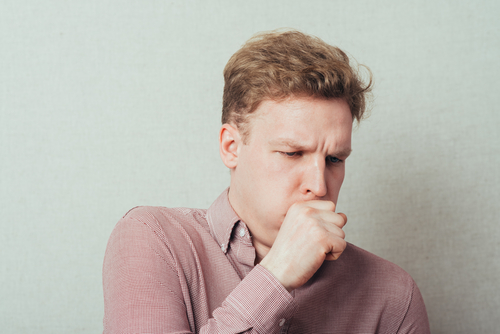These naturally-occurring organisms found in soil and water.
NTM lung infection occurs when a person inhales the organism from their environment.
- Most people do not become ill; for some susceptible individuals, a slowly progressive and destructive disease can occur.
- Can become chronic and require ongoing treatment. Some patients, however, do not require treatment for their less severe infections.
- Treatment of NTM requires antibiotics for 1 to 2 years.
Risk factors for the disease:
- Age: Older individuals more susceptible.
- Lung disease i.e. COPD or brochiectasis
- Slender Caucasian women
- Weak immune system: Due to certain conditions that alter the immune system i.e. Sjogren’s disease and rheumatoid arthritis; Certain drugs, such as steroids, may affect the immune system as well.
- Esophageal disorders: Acid reflux (GERD) and other disorders of the esophagus can increase the risk of NTM lung disease due to spillage of gastric contents into the lung.
- Environment: Exposure to NTM in our environment can result in infection. High-risk sources include indoor hot tubs and pools and exposure to soil.


